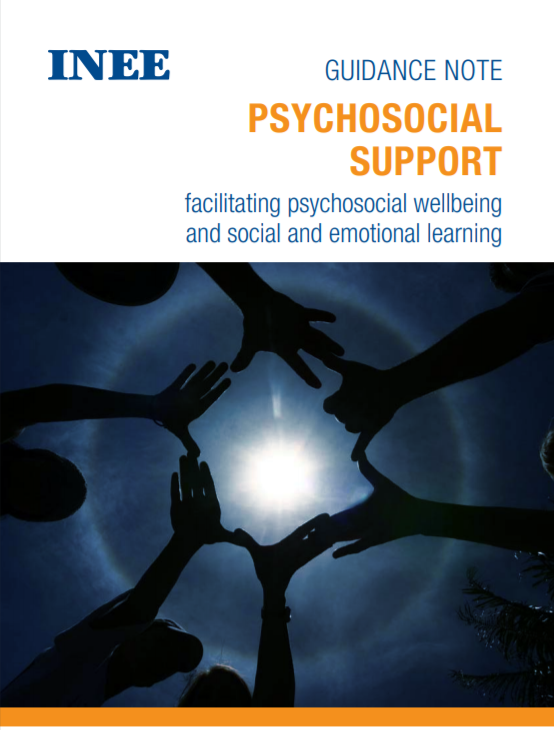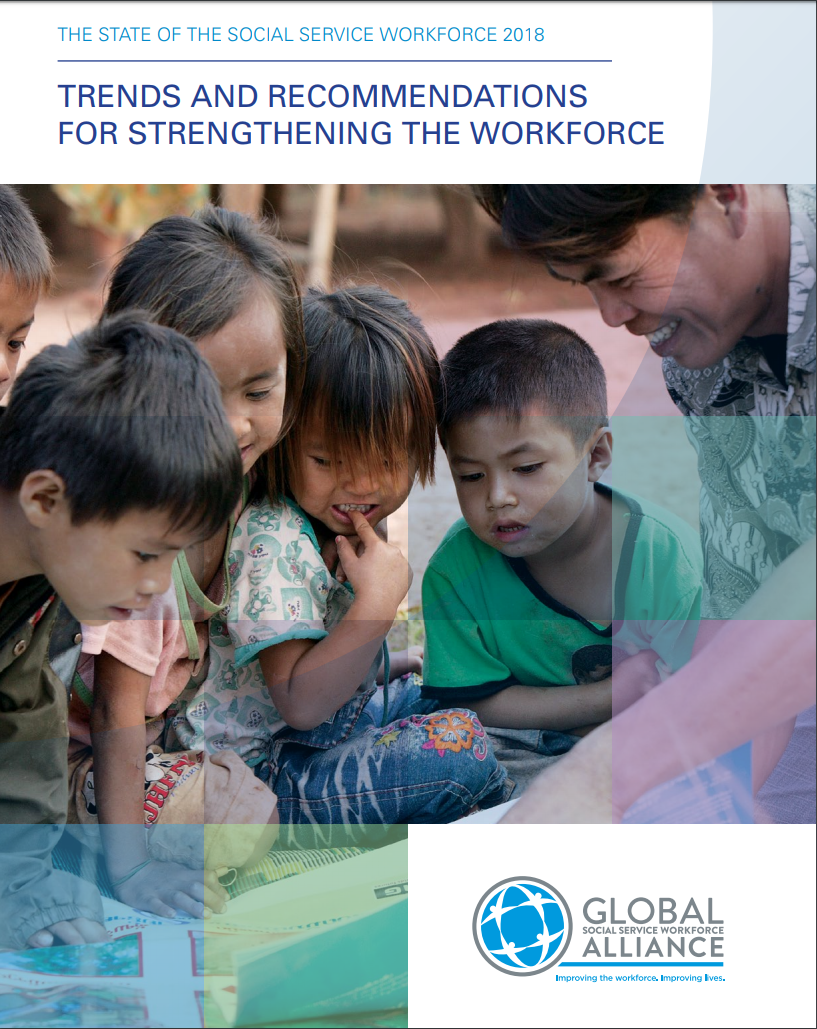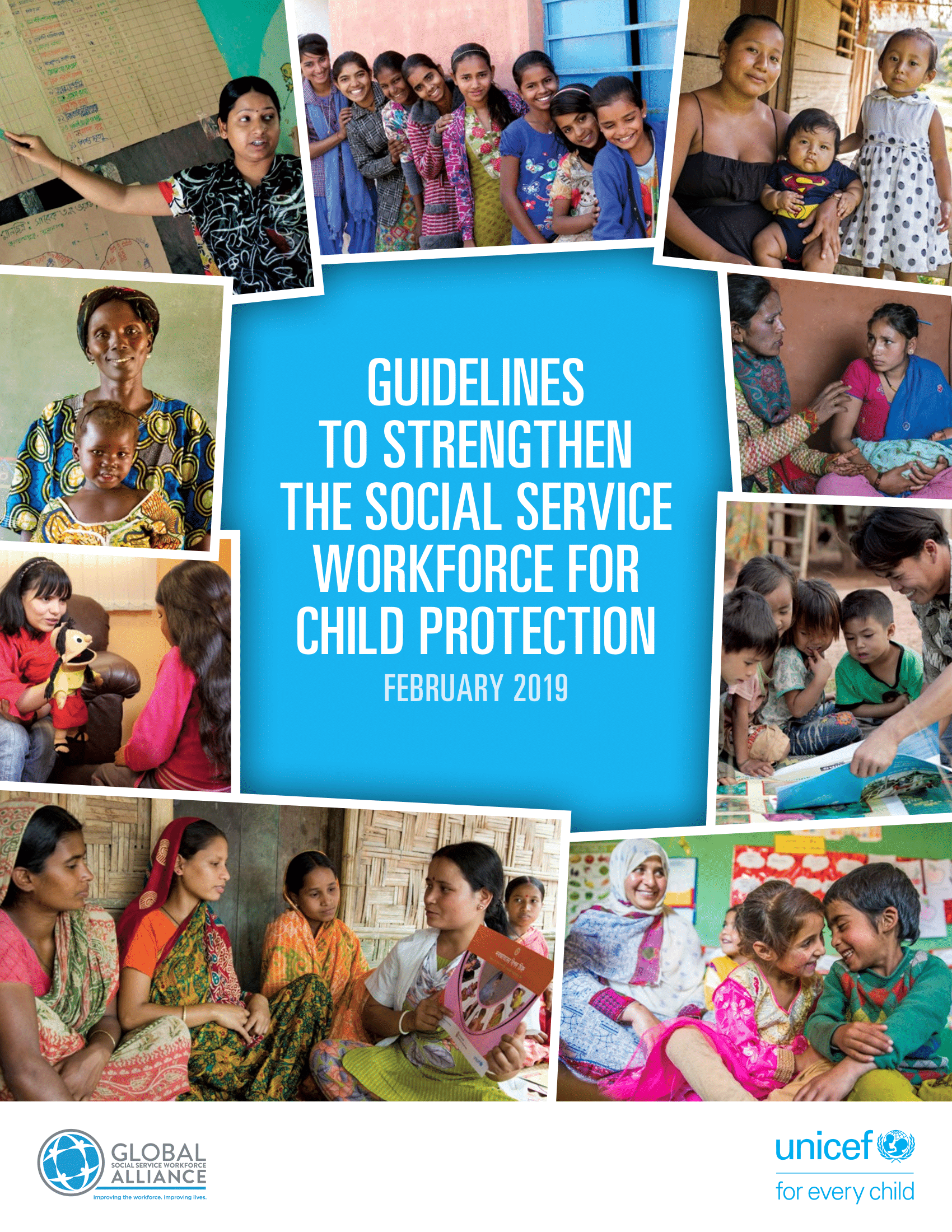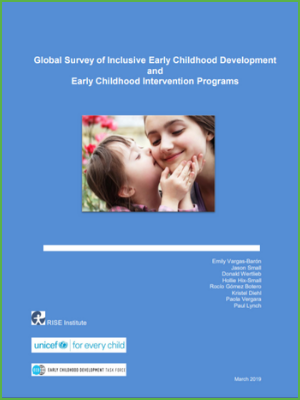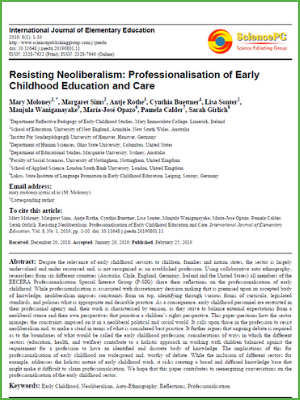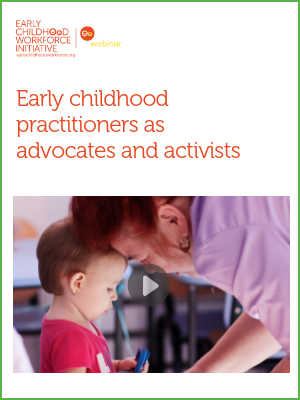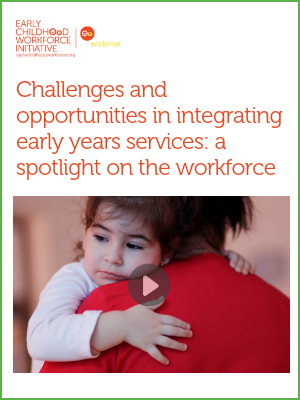Examining the Feasibility of Using Home Visiting Models to Support Home-Based Child Care Providers

Although much emphasis has been given to the professional development of ECEC professionals, limited attention has been given to the availability and quality of the professional development for home-based child care (HBCC) providers. Taking into account the unique needs this professional group has and with the ultimate aim to ensure that HBCC providers receive the support they need to successfully foster learning and development for children in their care, early childhood education systems and agencies must explore new professional development methods that align more closely with HBCC providers’ needs. Some state agencies and home visiting model developers have begun to explore home visiting as a professional development approach to support HBCC providers. To explore the potential for scaling up this model of professional development for HBCC providers, Child Trends, with funding from the Foundation for Child Development (FCD), examined home visiting models and curricula, state- and federal-level policies related to early care and education and home visiting, funding streams to support early care and education and home visiting, and the perspectives of HBCC providers and parents.
The key conclusions of the report are:
- Implementing a home visiting model as a professional development strategy for HBCC requires coordination among multiple entities.
- Expanding the evidence base for using home visiting to support HBCC may facilitate efforts to scale up the model.
- Improving professional development for HBCC providers may help improve quality of care for children and families who have been historically disadvantaged.
- Home visiting is a feasible strategy for supporting HBCC, but implementing it at scale in states and communities will require additional research, funding, and professional development system infrastructure.
The report concludes with suggestions for ways that organizations that fund research, technical assistance, and other activities to support HBCC providers can support this work.
Authors: Publication:Child Trends
Year of Publication:2019
www.childtrends.org


